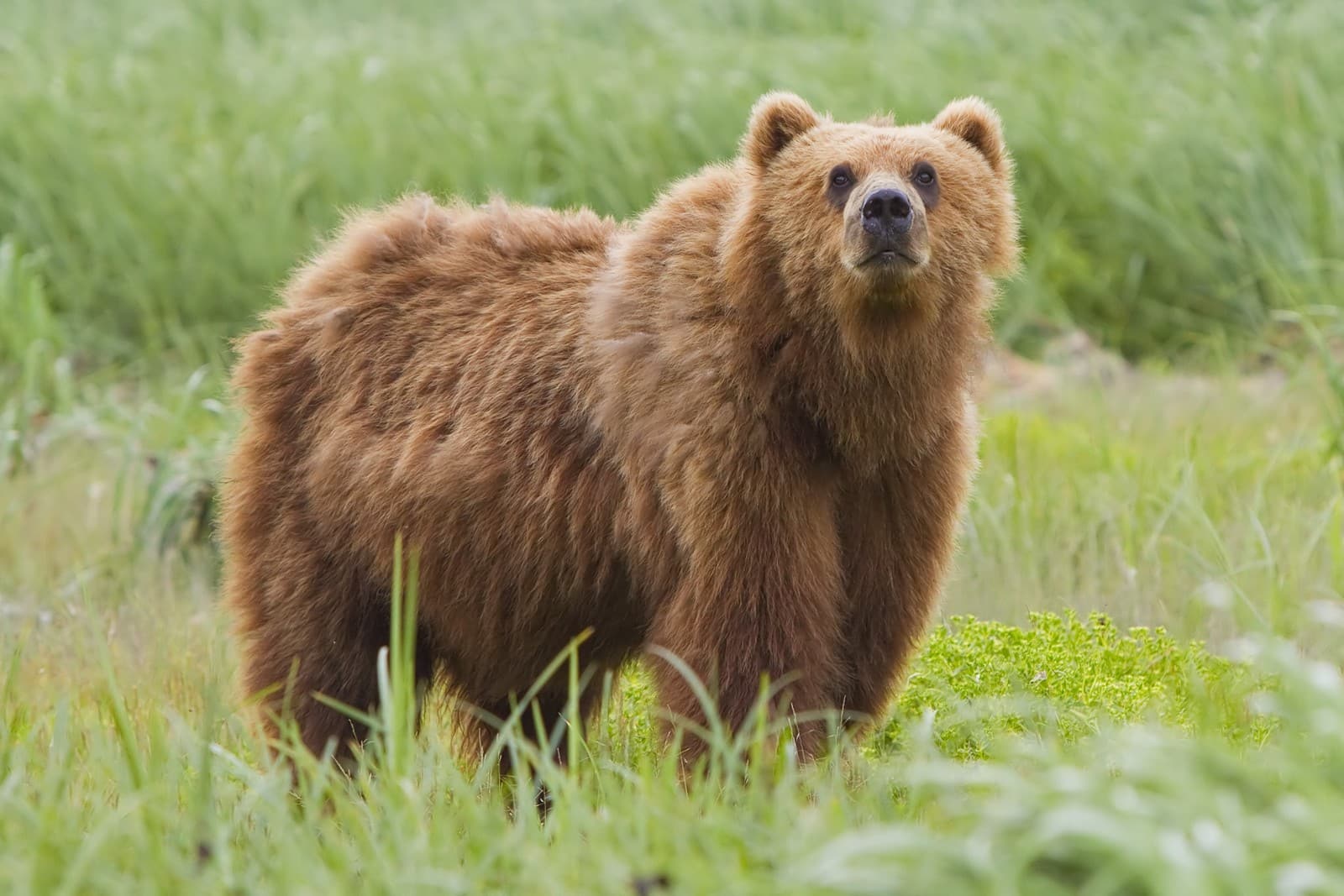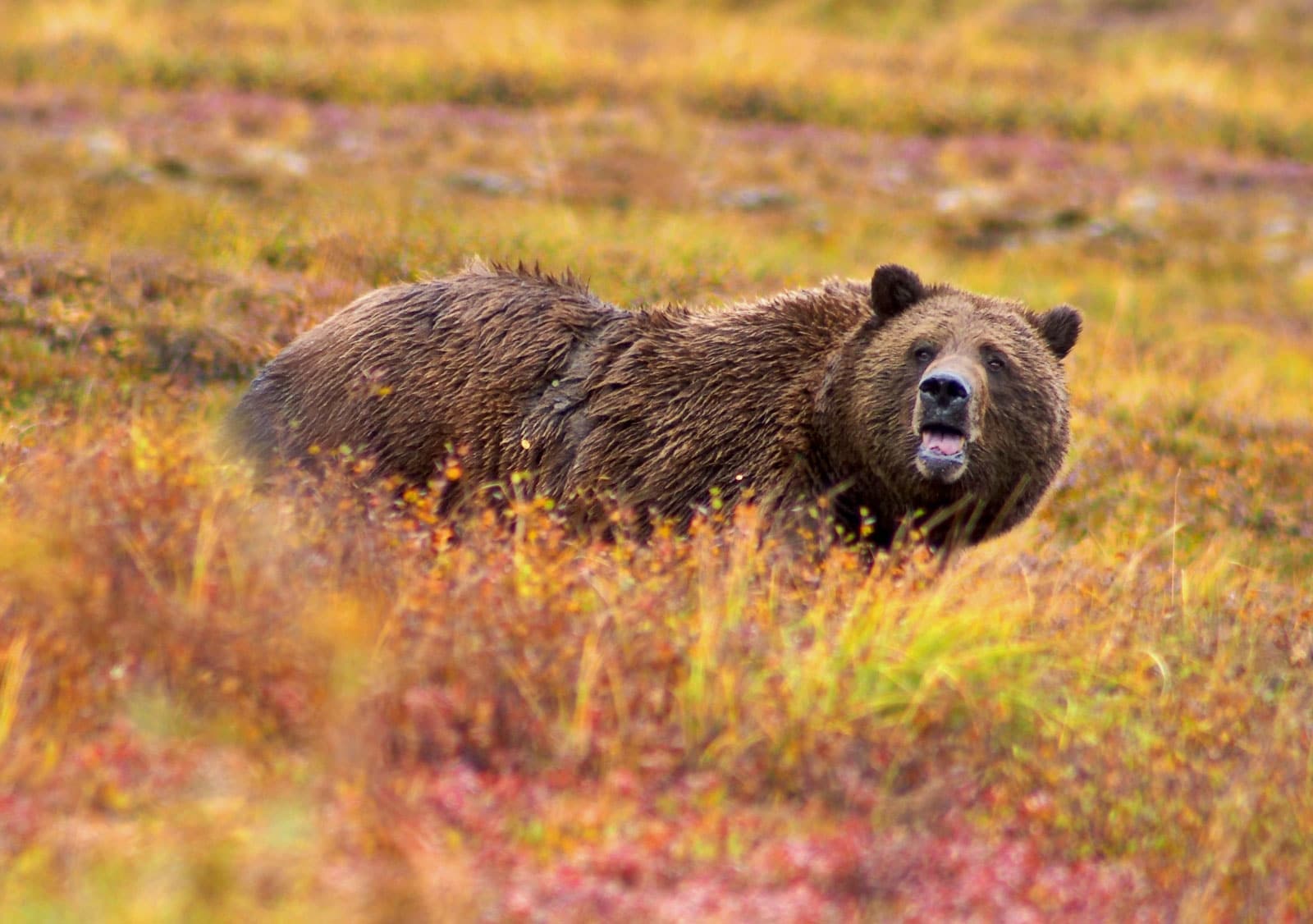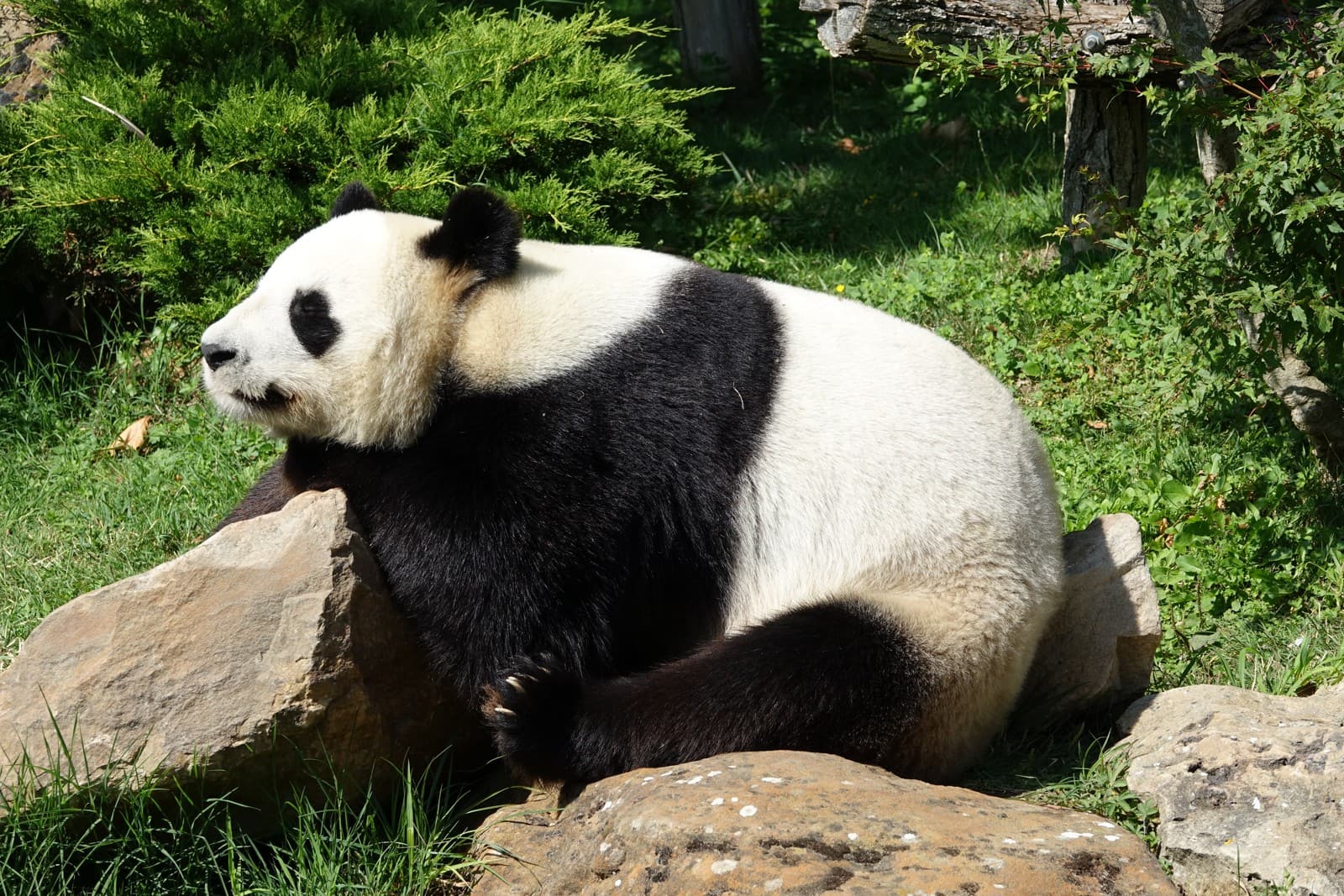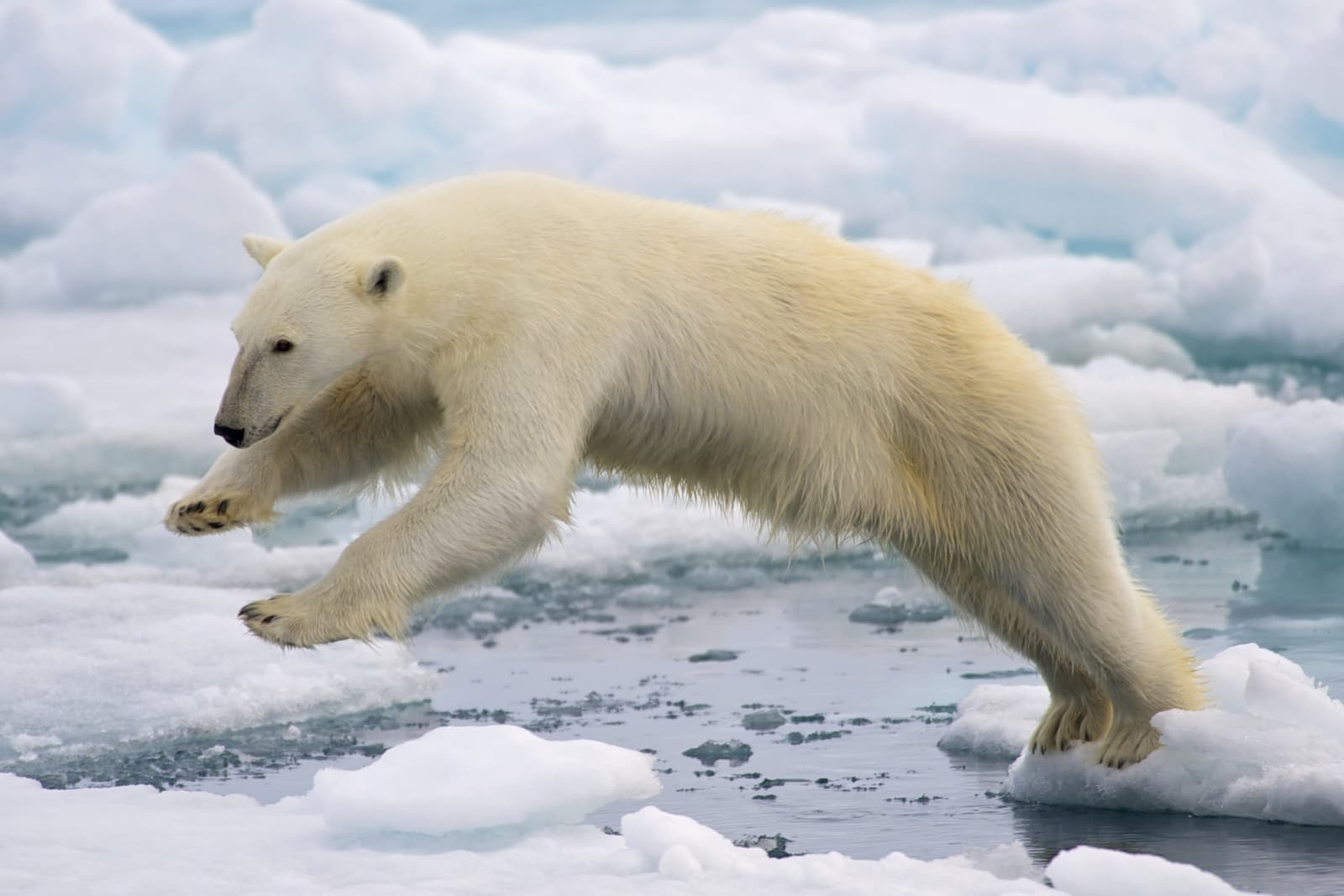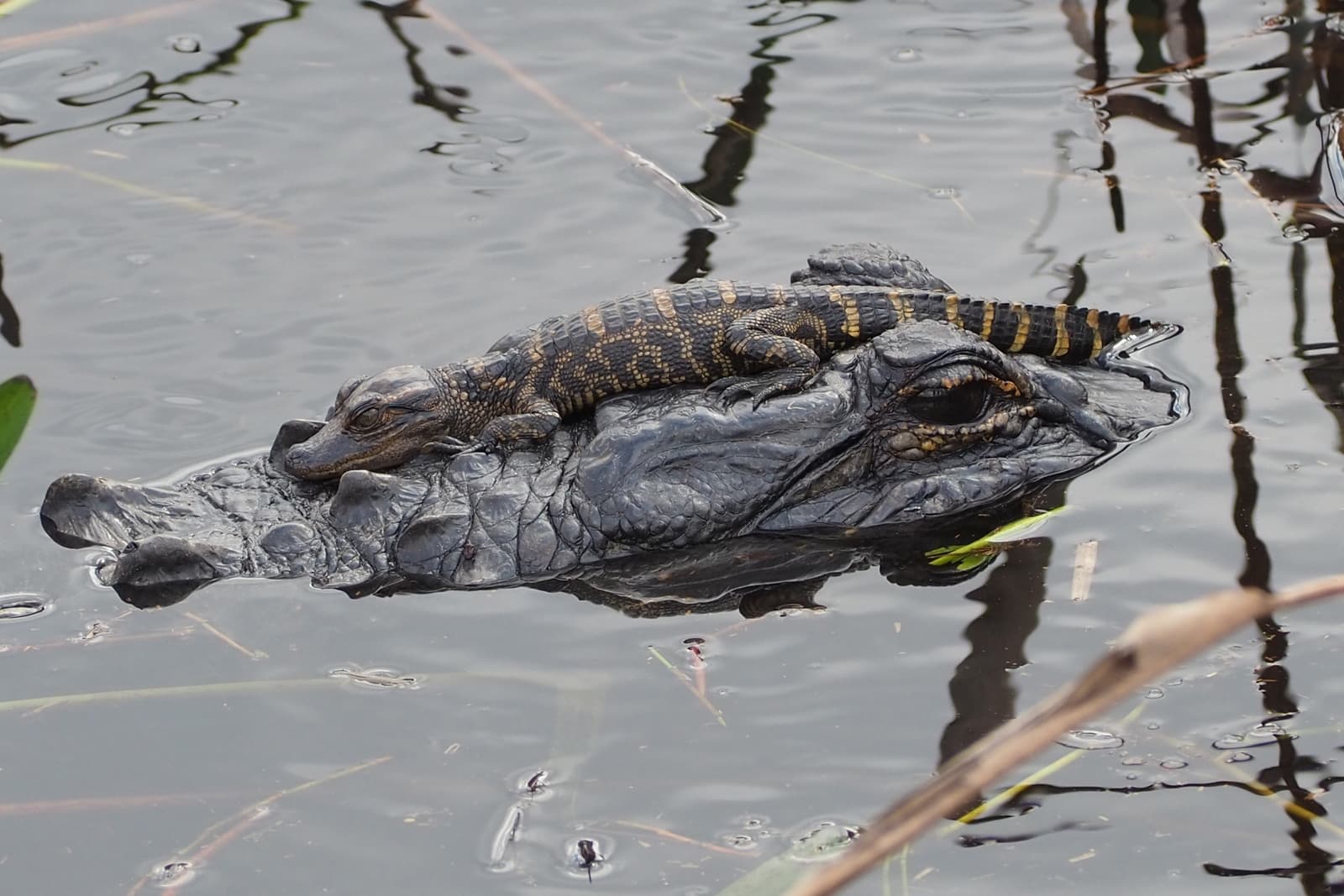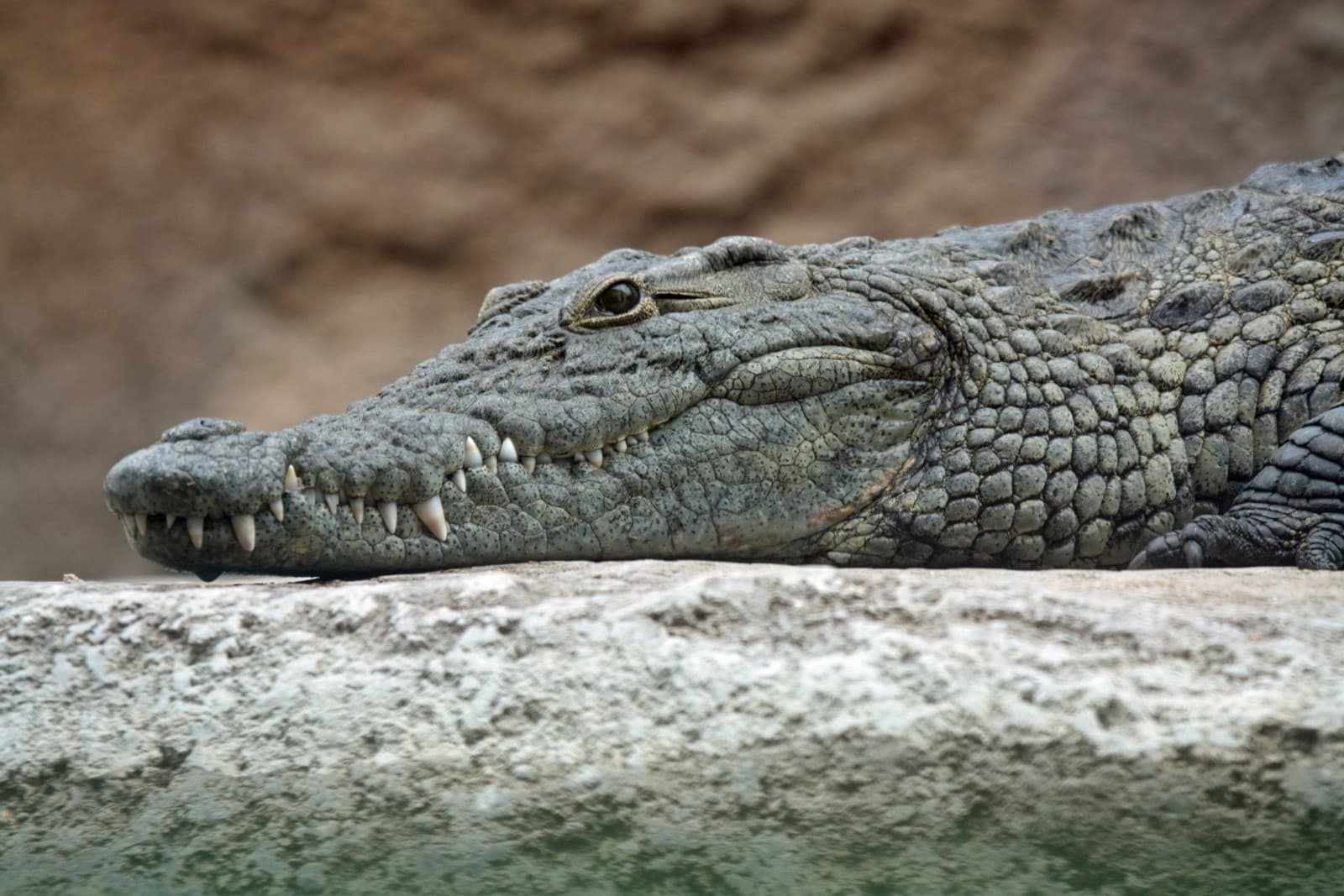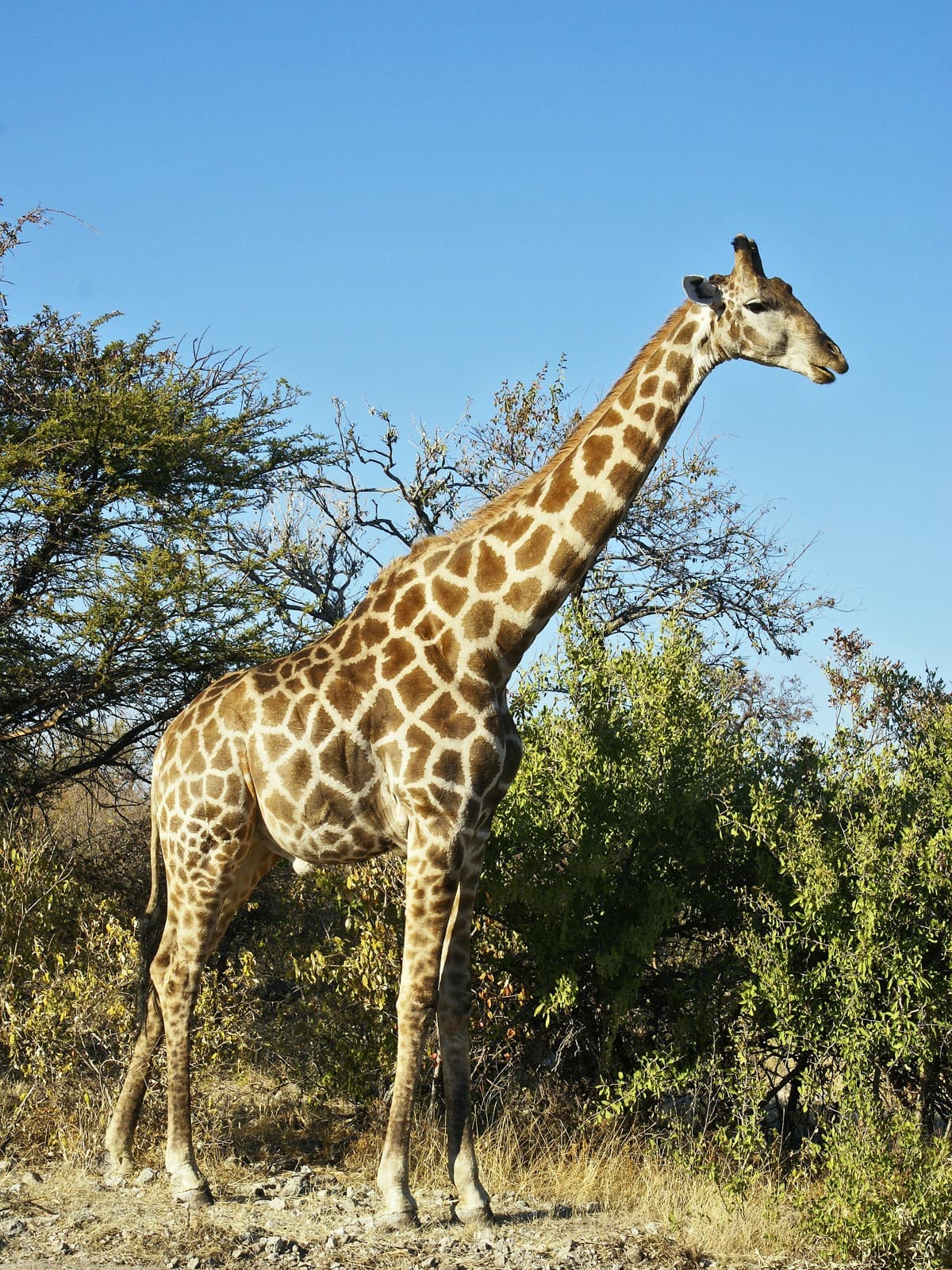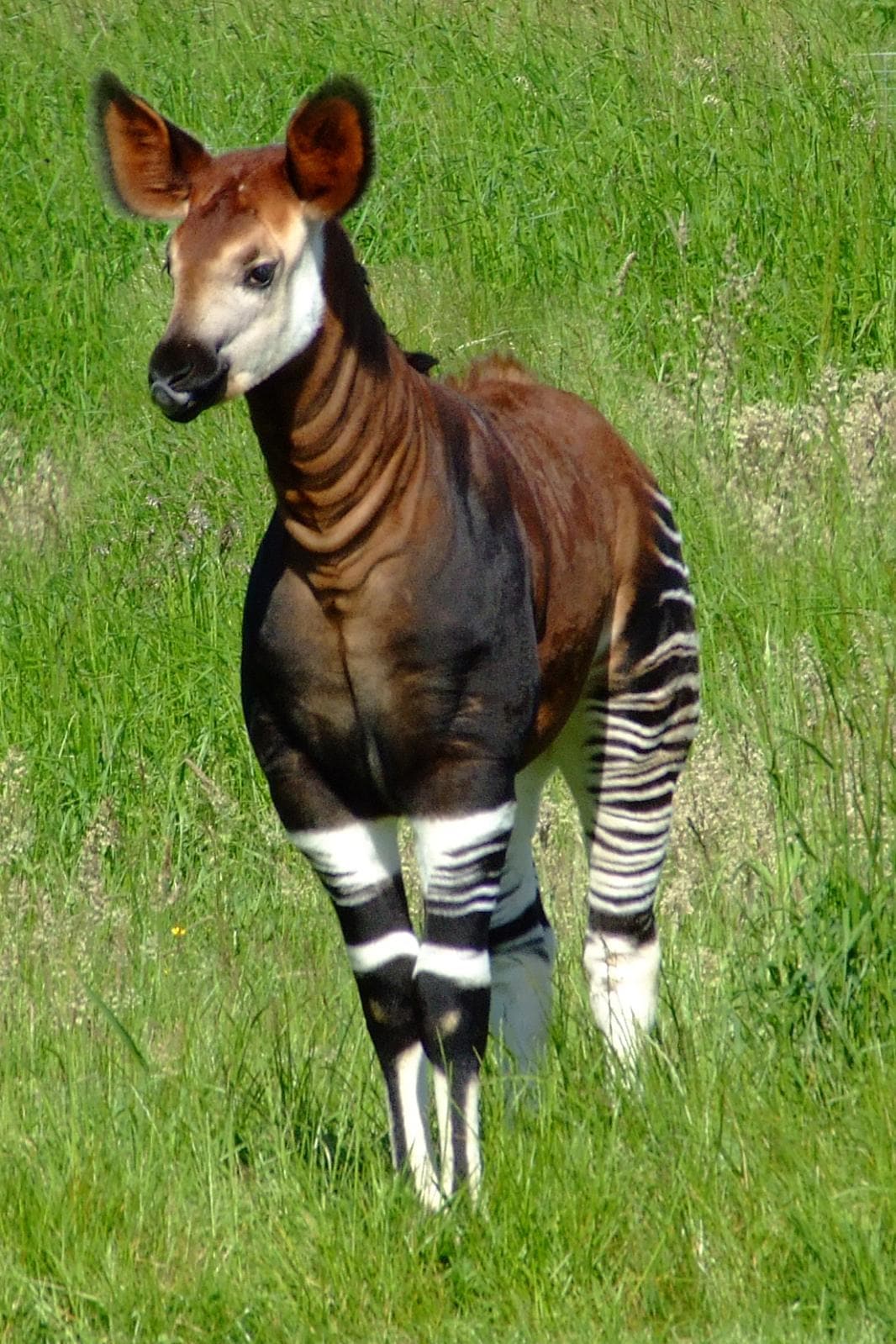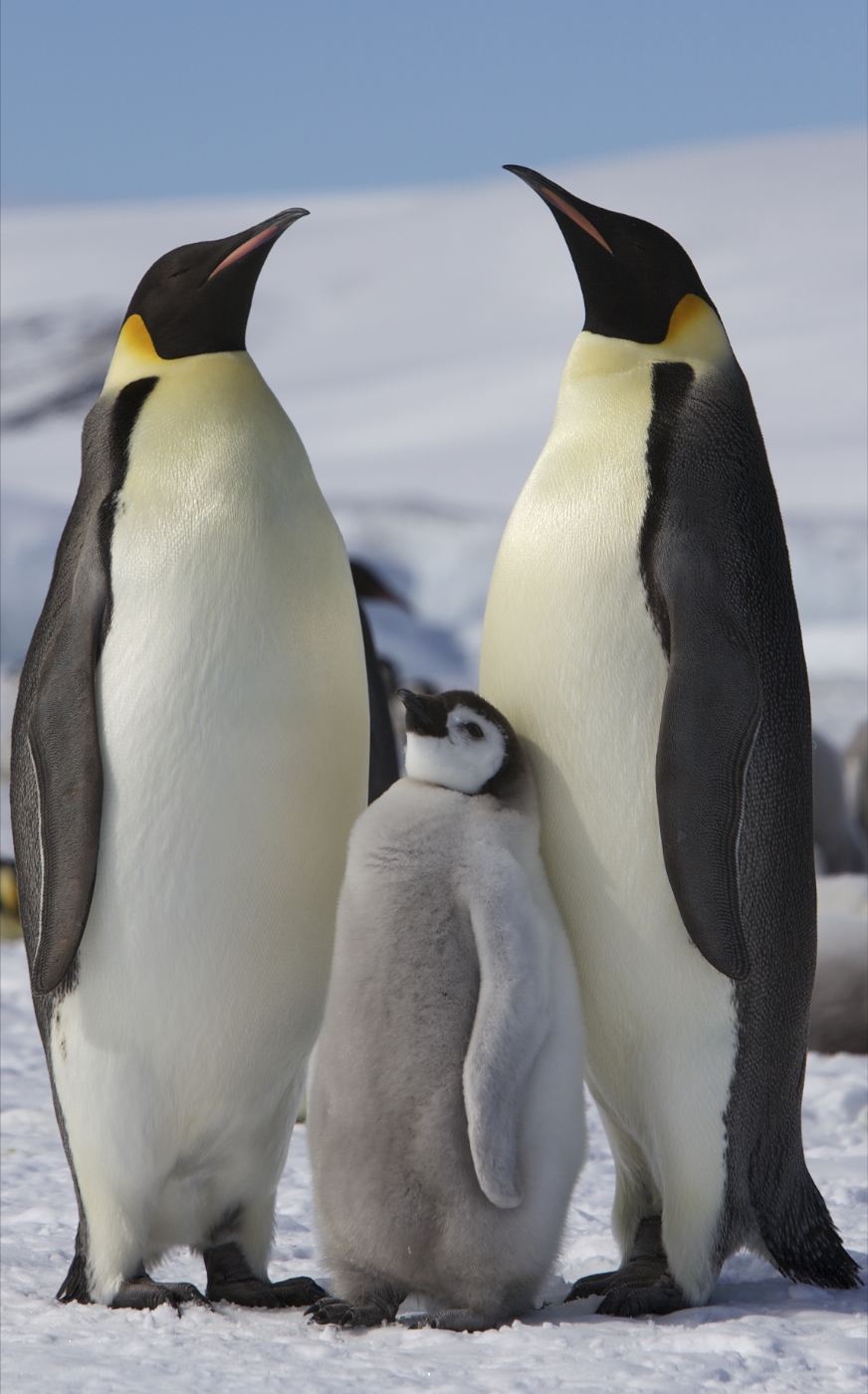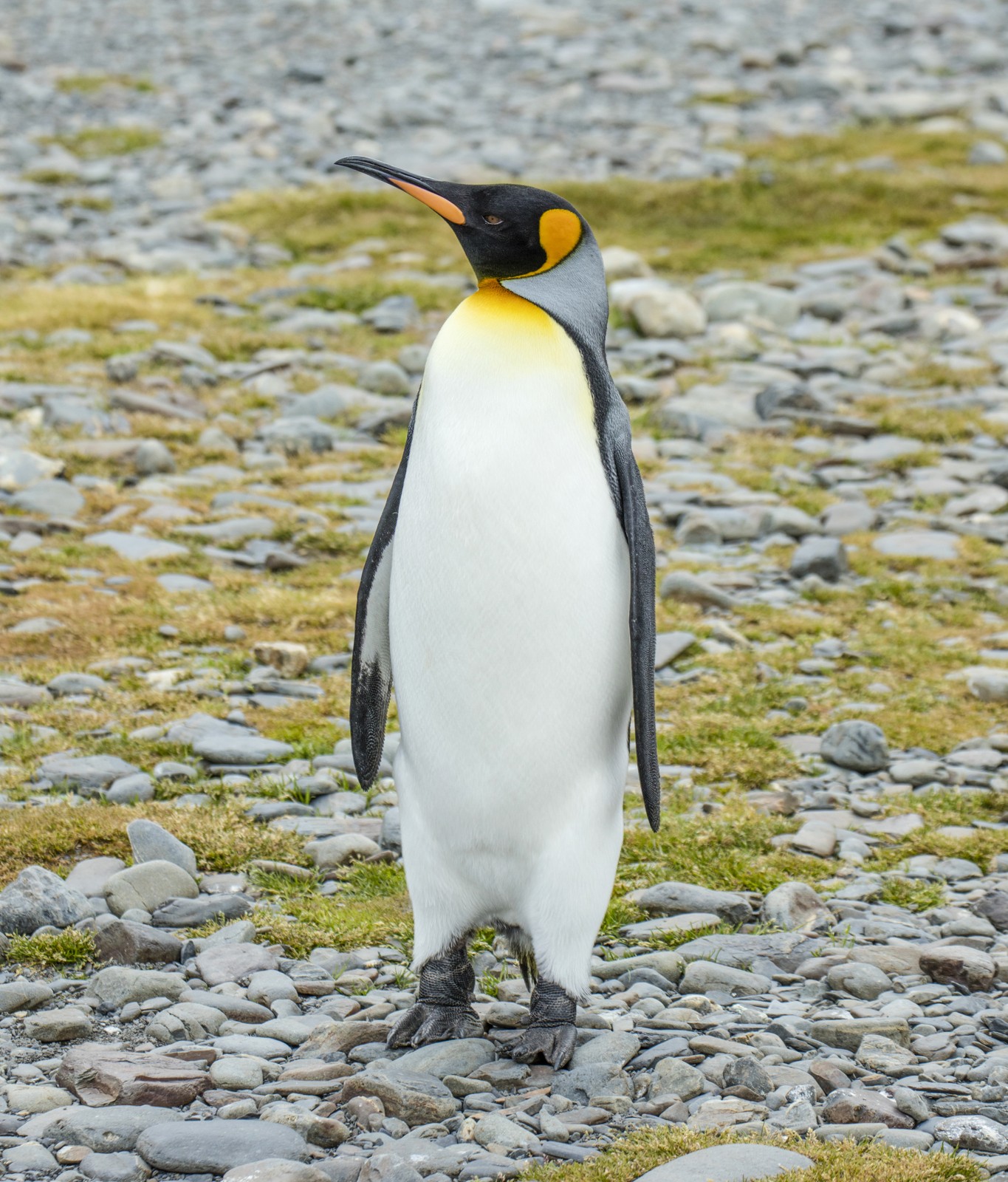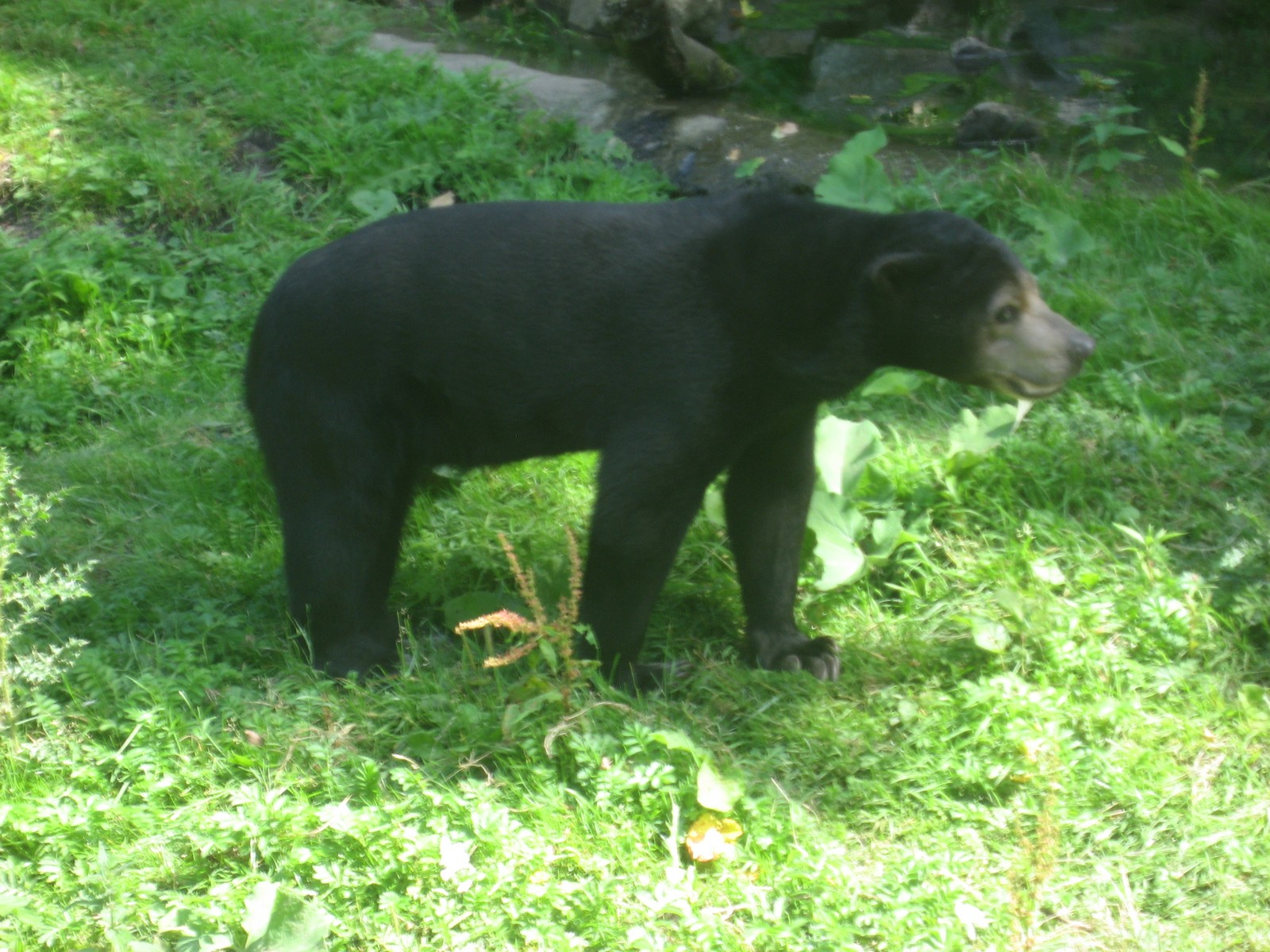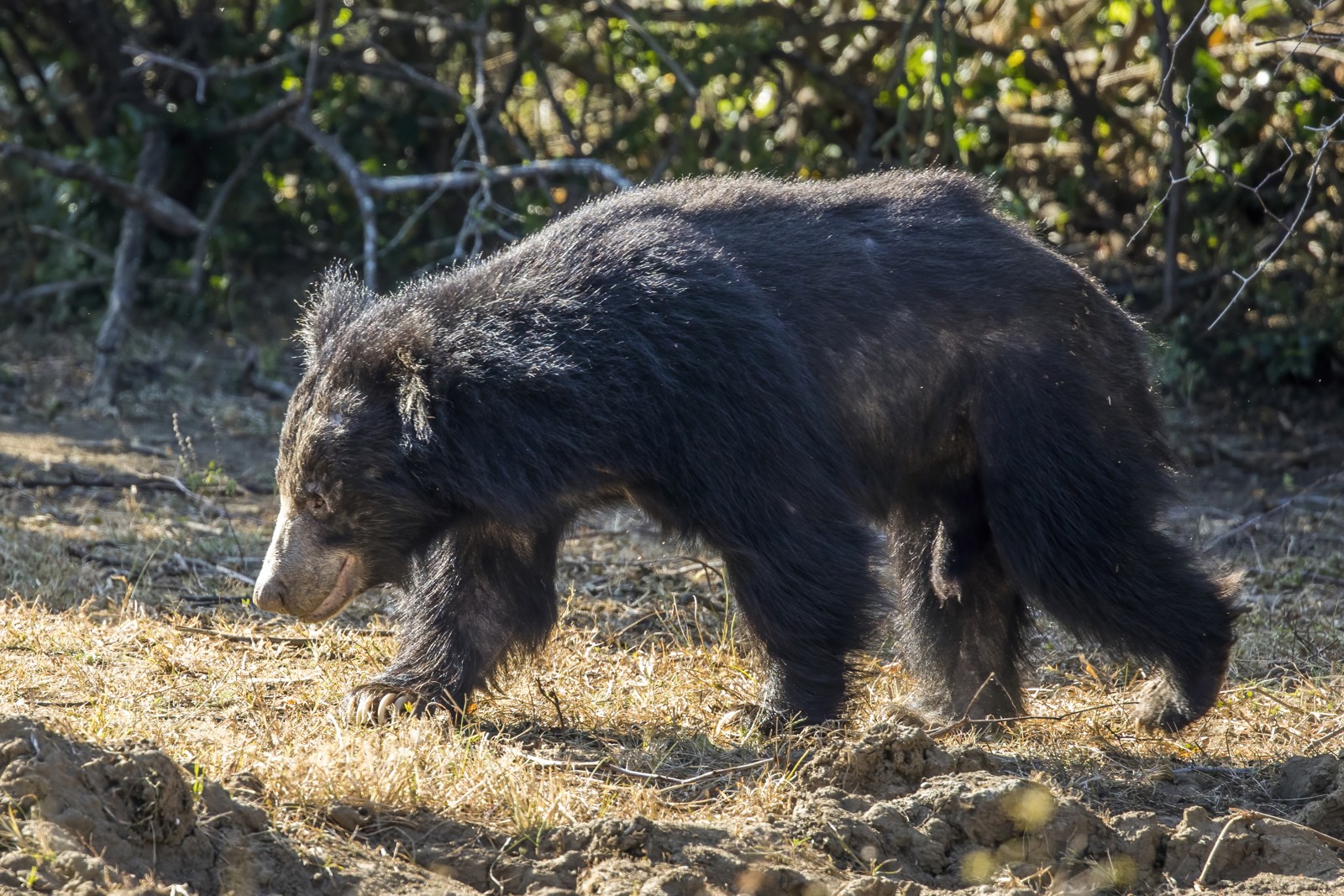Brown Bear vs Polar Bear: A Complete Comparison
When comparing Brown Bears vs Polar Bears, we’re examining two of Earth’s most formidable predators, each uniquely adapted to their respective environments. While Polar Bears reign as the largest terrestrial carnivores, reaching weights up to 1,500 pounds (680 kg), Brown Bears display remarkable size variation across their range, with the largest coastal specimens weighing up to 1,200 pounds (545 kg).
These magnificent bears, despite sharing a common ancestor just 500,000 years ago, have evolved distinct characteristics shaped by their environments. Polar Bears have become specialized marine hunters, while Brown Bears maintain the adaptable omnivorous lifestyle that has allowed them to thrive across diverse habitats.
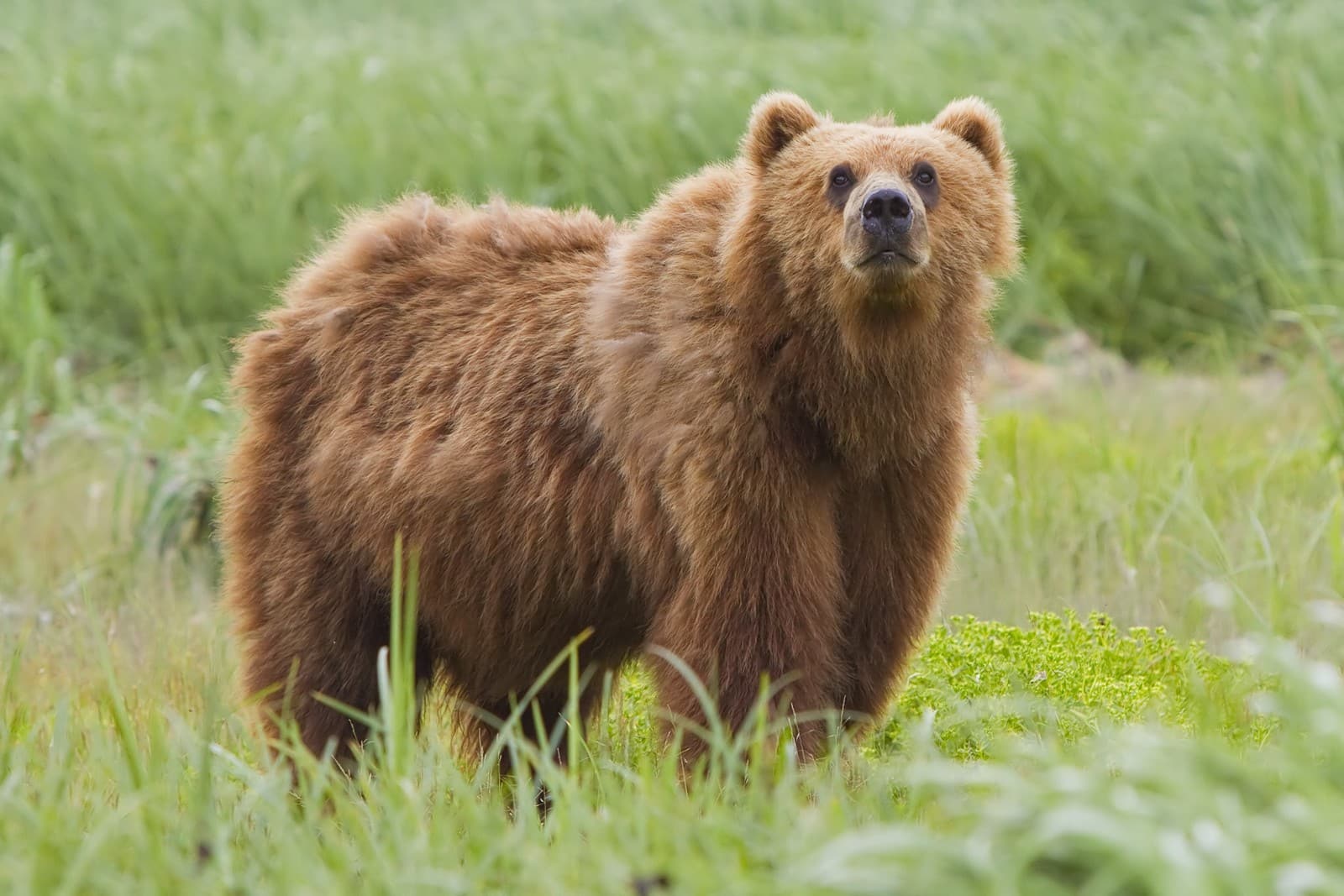
© Yathin S Krishnappa / CC BY-SA 3.0
The Brown Bear demonstrates its remarkable adaptability in this natural habitat, showcasing the powerful build and distinctive features that make it one of North America’s most impressive omnivores.
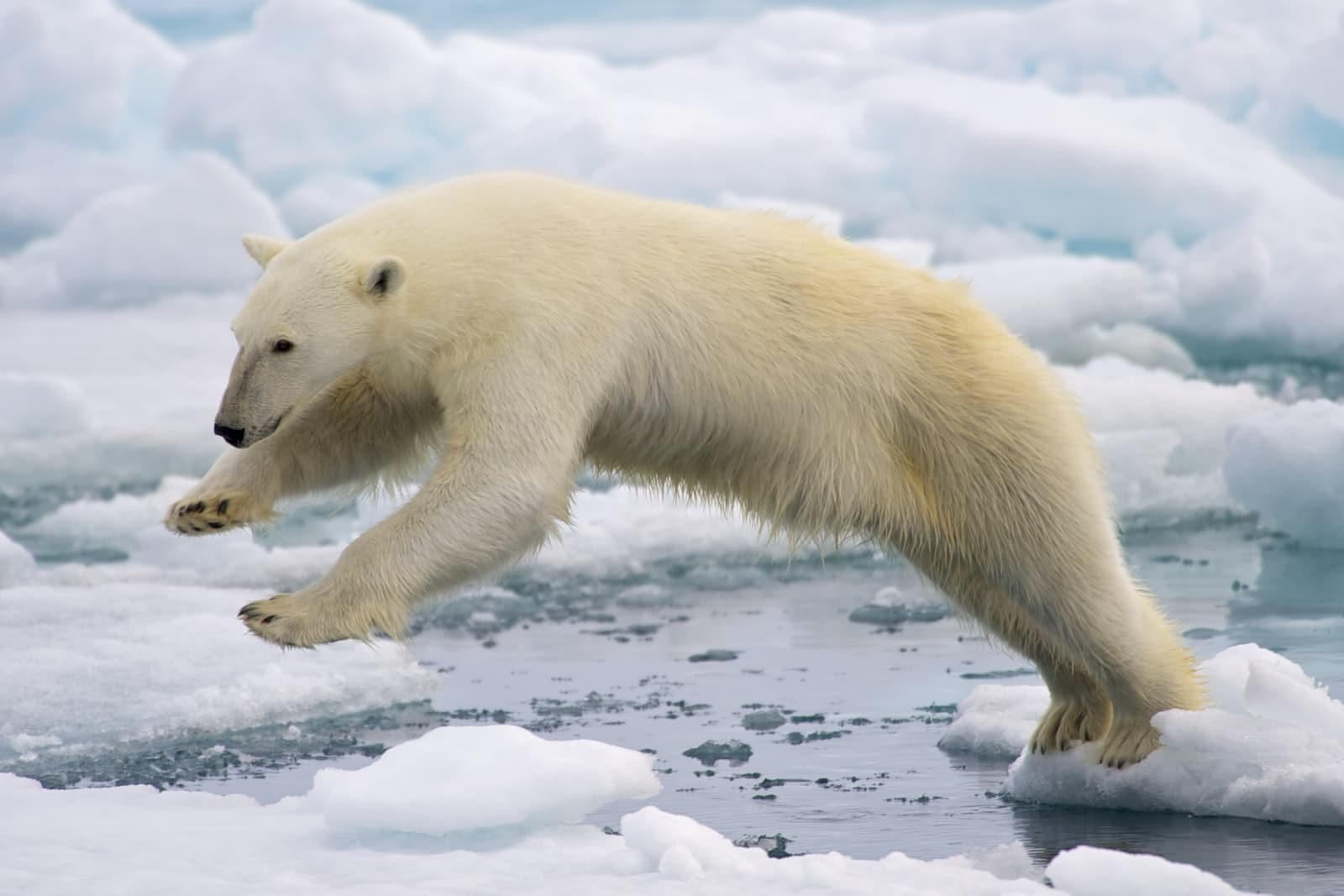
© Arturo de Frias Marques / CC BY-SA 4.0
This stunning image captures a Polar Bear’s incredible adaptation to Arctic life, demonstrating both its massive size and surprising agility in its challenging ice-bound environment.
Key Physical Differences
| Feature | Brown Bear | Polar Bear |
|---|---|---|
| Size | 5-9 ft (1.5-2.7 m) | 7.25-10 ft (2.2-3 m) |
| Weight | 400-1,200 lbs (180-545 kg) | 775-1,500 lbs (352-680 kg) |
| Fur Color | Brown to blonde | Transparent with white appearance |
| Neck Length | Shorter, muscular | Longer, more streamlined |
| Paw Size | 6-7 inches wide | 12 inches wide |
| Dietary Preference | Omnivorous | Carnivorous |
Habitat and Distribution
Brown Bears demonstrate remarkable adaptability, inhabiting diverse ecosystems from coastal regions to mountain forests across North America, Europe, and Asia. Their versatile diet and adaptive behaviors allow them to thrive in various climates and terrains.
Polar Bears, conversely, are maritime specialists, perfectly adapted to life on Arctic sea ice. Their entire lifestyle revolves around hunting seals from ice platforms, making them particularly vulnerable to climate change impacts on Arctic ice formation.
Hunting and Feeding Behavior
While both species are apex predators, their hunting strategies differ significantly. Brown Bears employ opportunistic feeding patterns, combining plant matter (up to 90% of their diet in some regions) with protein sources ranging from salmon to small mammals.
Polar Bears are hypercarnivorous, with ringed seals comprising up to 70% of their diet. Their hunting technique involves patient stalking at breathing holes or breaking through ice to access seal dens - specialized behaviors unseen in Brown Bears.
Physical Adaptations
Brown Bear Adaptations
- Powerful shoulder muscles for digging
- Long, curved claws for root excavation
- Varied fur coloration for camouflage
- Omnivorous dental structure
Polar Bear Adaptations
- Water-repellent fur with excellent insulation
- Smaller ears to minimize heat loss
- Extra-large paws for weight distribution on ice
- Elongated neck for swimming and reaching into seal holes
Who Would Win in a Confrontation?
While such encounters are extremely rare in nature, analysis of physical capabilities suggests the outcome would depend heavily on the environment and individual sizes. Polar Bears generally hold advantages in:
- Overall size and weight
- Predatory specialization
- Longer canine teeth
However, Brown Bears possess:
- Greater agility on solid ground
- More powerful digging muscles
- More experience in physical confrontations with rivals
Conservation Status and Threats
Both species face significant challenges from human activities:
- Brown Bears: Habitat fragmentation, human conflict
- Polar Bears: Climate change, sea ice loss, reduced hunting grounds
Conservation efforts focus on:
- Habitat protection
- Human-bear conflict mitigation
- Climate change adaptation strategies
- Population monitoring
Interesting Facts and Behaviors
- Brown Bears can consume up to 90 pounds (40 kg) of food daily during pre-hibernation
- Polar Bears can swim for distances of up to 100 miles (160 km)
- Both species show remarkable intelligence in tool use and problem-solving
- Female bears of both species are exceptional mothers, caring for cubs for 2-3 years
Understanding these magnificent predators helps appreciate their crucial roles in their respective ecosystems and the importance of ensuring their survival for future generations.
